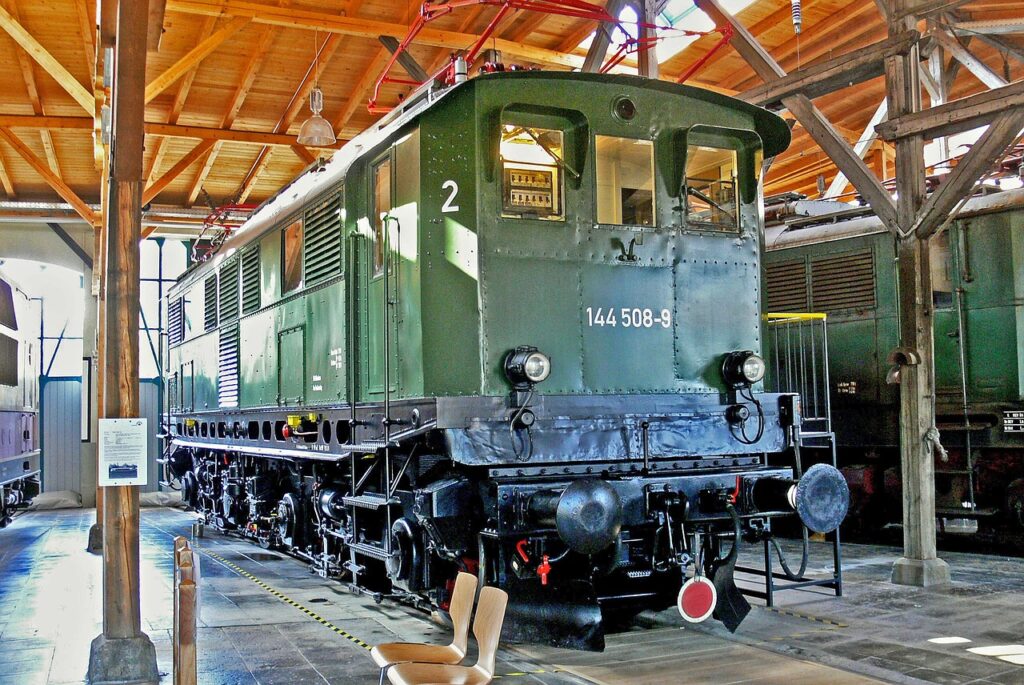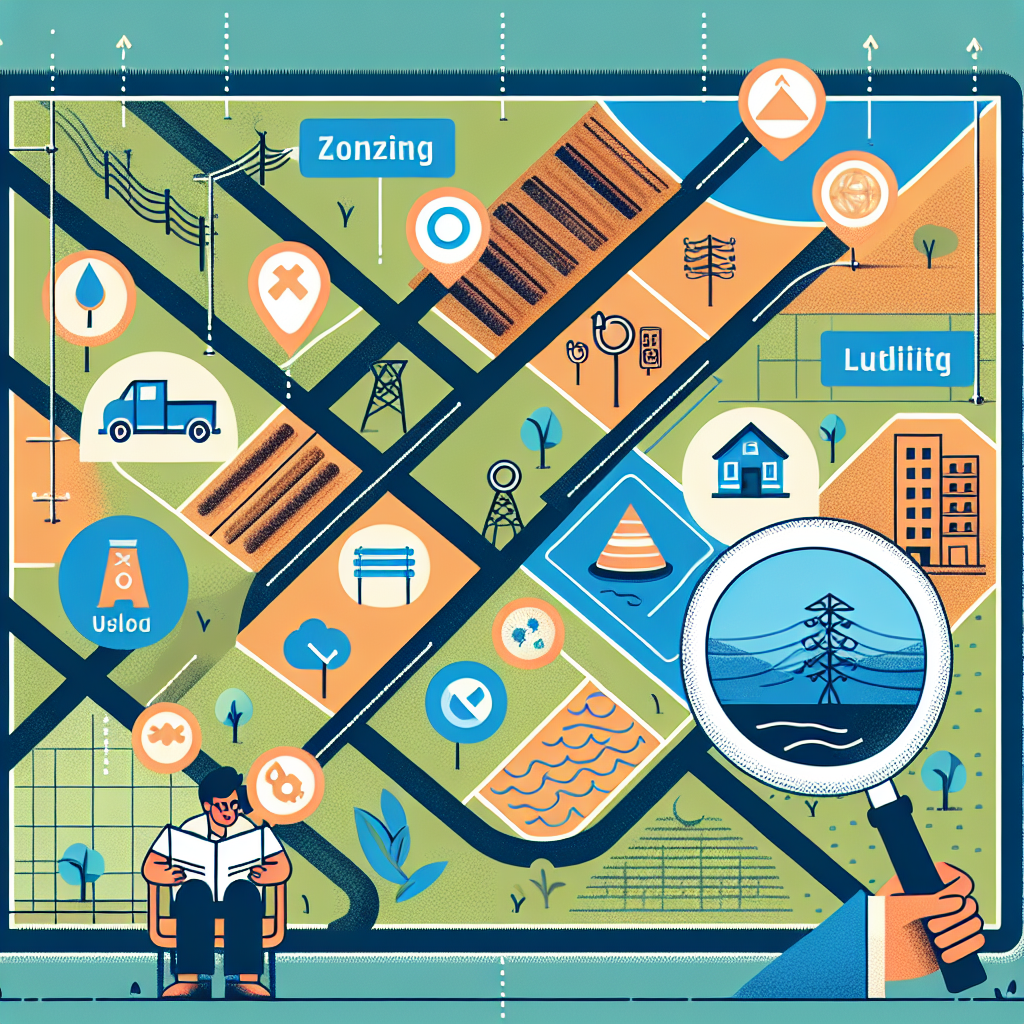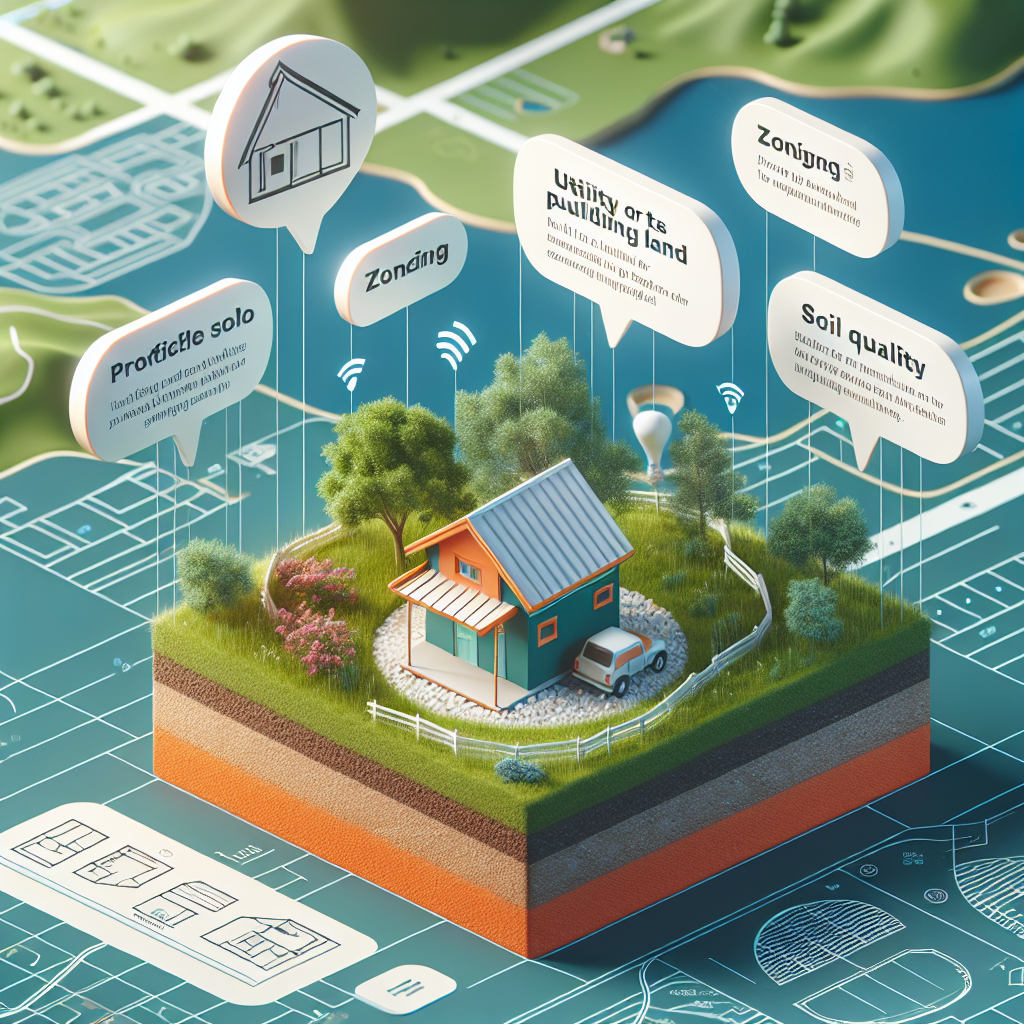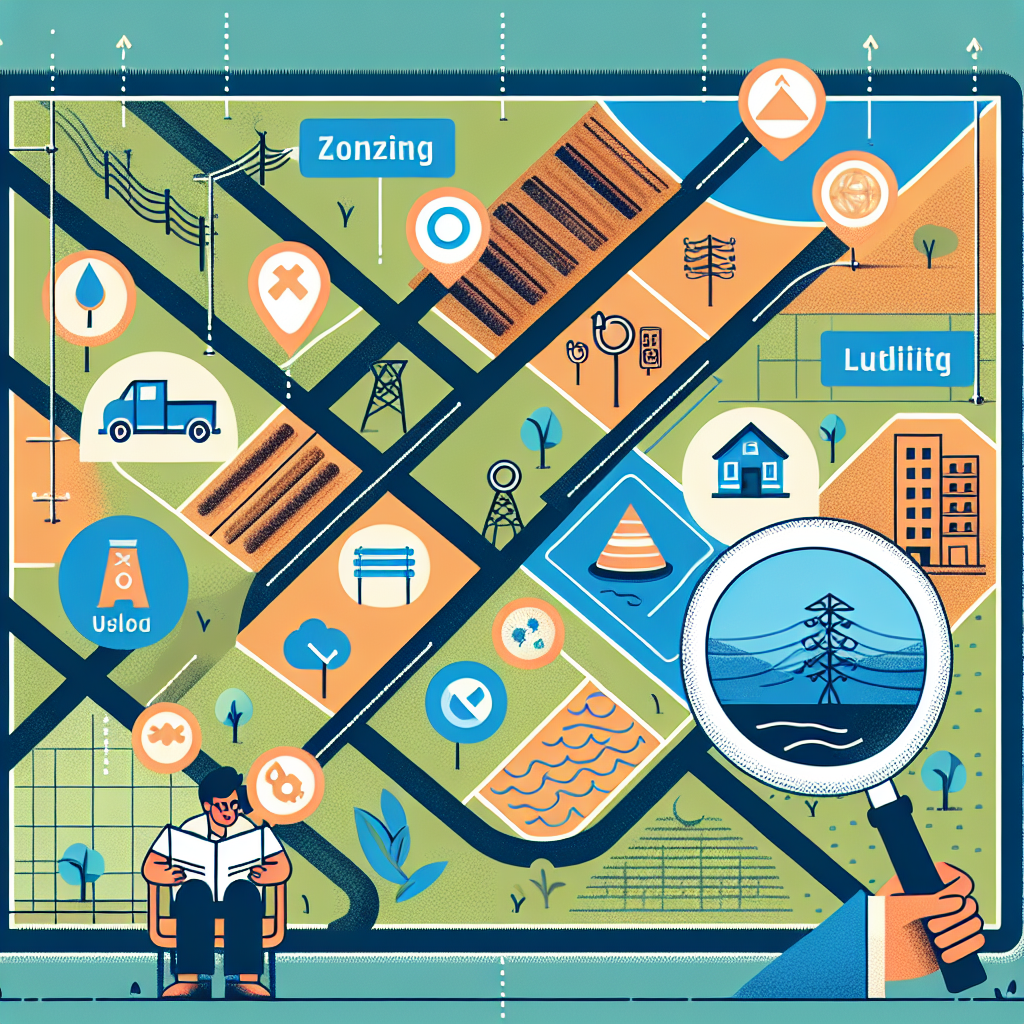So, you’ve made the decision to live in a tiny house – a smart, compact living solution that grants you freedom and flexibility. But now comes the challenge of finding the perfect spot to park or build your tiny home. You want a place that checks all the boxes: convenient location, affordability, and the necessary permits. In this article, we’ll guide you through some practical tips and resources to help you find suitable land for your tiny house adventure. Let’s get started! Finding suitable land for parking or building a tiny house may seem like a daunting task, but with the right approach and resources, it can be a rewarding journey. In this article, we will explore various strategies and techniques to help you navigate the process of finding the perfect location for your tiny house. From researching local zoning regulations to attending real estate auctions, we will cover it all. So let’s dive in and discover how you can make your dream of owning a tiny house a reality.
Understanding Zoning Laws
Before you start your search for suitable land, it is crucial to have a clear understanding of the zoning laws in your area. Zoning regulations determine how land can be used and what types of structures are allowed in specific areas. Some areas have strict zoning laws that may restrict the placement of tiny houses, while others may have more lenient regulations.
Research Local Zoning Regulations
Start by researching the zoning regulations in your target area. Contact your local municipality or zoning department to obtain the necessary information. They will be able to provide you with the zoning codes and restrictions applicable to your desired location. It’s essential to familiarize yourself with these regulations to ensure that your tiny house complies with the zoning laws of the area.
Identify Zoning Districts Suitable for Tiny Houses
Once you have a good understanding of the local zoning regulations, identify zoning districts that allow for the placement of tiny houses. Look for districts that permit residential use or alternative housing options. These areas are more likely to have fewer restrictions on tiny houses. Familiarize yourself with the specific requirements and restrictions of these districts to ensure your tiny house meets all the necessary criteria.
Look for Areas with Few Zoning Restrictions
In addition to identifying specific zoning districts, consider looking for areas with fewer zoning restrictions overall. Some rural or less densely populated areas may be more open to alternative housing options, making it easier to find suitable land for your tiny house. However, keep in mind that while these areas may have fewer regulations, they may also have limited access to essential amenities and services.
Utilizing Online Resources
The internet has revolutionized the way we search for real estate, making it an invaluable tool in your quest to find suitable land for a tiny house. Online platforms and communities offer a wealth of resources and connections that can help you in your search.
Use Online Real Estate Platforms
Online real estate platforms, such as Zillow, Realtor.com, or TinyHouseListings, can be a great starting point for your search. These platforms allow you to filter properties based on various criteria, including location, size, and price. Make sure to include keywords like “tiny house” or “small property” in your search to narrow down the options. Keep in mind that not all listings may explicitly mention tiny houses, so be open to exploring various property types.
Explore Tiny House Communities
Another way to find suitable land is by exploring existing tiny house communities. These communities often have designated spaces for tiny houses and may even offer shared amenities and resources. Join online forums, such as the Tiny House Community or the Tiny House Village, to connect with like-minded individuals and learn about available land opportunities. These communities can provide valuable insights and guidance throughout your search process.
Join Social Media Groups for Tiny House Enthusiasts
Social media platforms, such as Facebook and Instagram, have thriving communities of tiny house enthusiasts. Joining relevant groups and following influential accounts can expose you to a vast network of individuals who share your passion for tiny living. Engage with the community, ask questions, and seek recommendations for suitable land options. You never know, someone might have the perfect lead or connection for your dream tiny house location.

Working with Real Estate Agents
Real estate agents can be valuable allies in your search for suitable land for a tiny house. Their industry knowledge and expertise can help you navigate the complex process of finding and acquiring the right property.
Seek Assistance from Local Real Estate Agents
Start by seeking assistance from local real estate agents who are familiar with the area and its zoning regulations. Look for agents who have experience working with alternative housing options or have a track record of helping clients find unique properties. Work closely with your agent to communicate your specific requirements and ensure they understand the intricacies of tiny house living.
Specify Your Requirements
When working with a real estate agent, it is crucial to clearly specify your requirements for the land. Communicate your need for a property that permits tiny houses and meets the necessary zoning regulations. Outline your preferences regarding location, size, amenities, and access to essential services. Providing as much detail as possible will help your agent narrow down the options and find suitable land that aligns with your vision.
Consider Agents Specialized in Alternative Housing
If you’re having difficulty finding a real estate agent who specializes in tiny houses, consider reaching out to agents who have experience with alternative housing options. Agents who have worked with unconventional dwellings, such as eco-friendly homes or off-grid properties, may have the knowledge and resources to help you find suitable land for your tiny house. Don’t be afraid to explore different avenues and connect with agents who share your passion for alternative living.
Checking Classified Advertisements
Traditional classified advertisements can be a hidden gem when it comes to finding suitable land for a tiny house. While online resources have become increasingly popular, don’t overlook the power of local newspapers, magazines, and community bulletin boards.
Search for Suitable Land in Classified Ads
Scour local newspapers and magazines for classified advertisements that mention land for sale or rent. Look for keywords like “small parcels,” “unrestricted zoning,” or “tiny house-friendly.” Often, these print publications have sections dedicated to real estate listings that may not be available online. Take notes on potential properties and contact the sellers for additional information.
Check Local Newspapers and Magazines
Local newspapers and magazines often publish articles and features related to real estate, housing trends, and local development. Pay attention to these publications, as they may provide valuable insights and information about areas that are conducive to tiny house living. Stay informed about any policy changes or new housing initiatives that might impact your search for suitable land.
Contact Sellers for Additional Information
Once you have identified potential properties from classified ads, don’t hesitate to reach out to the sellers for more information. Ask about the zoning regulations, the size of the property, access to utilities, and any other relevant details. Engaging in direct communication with sellers can provide you with a better understanding of the opportunities available and help you make informed decisions about the feasibility of the location for your tiny house.

Attending Real Estate Auctions
Real estate auctions offer a unique opportunity to find suitable land for a potentially lower price. By participating in auctions, you can potentially secure land that meets your requirements while staying within your budget.
Look for Auctions of Vacant Lots
Research real estate auctions in your area and look for those featuring vacant lots or properties that may be suitable for tiny houses. Auctions of foreclosed properties, tax sale properties, or properties owned by financial institutions are often worth exploring. These properties may be more affordable and have fewer restrictions than traditional listings. Take note of the auction dates and locations, and mark your calendar to ensure you don’t miss any potential opportunities.
Research the Properties Up for Auction
Before attending an auction, make sure to research the properties up for bidding. Obtain as much information as possible about the land, including its size, zoning restrictions, and access to utilities. This research will help you evaluate the suitability of the properties for your tiny house and determine your maximum bid amount. It’s important to have a firm budget in mind and stick to it during the bidding process.
Participate in Bidding with a Fixed Budget
When participating in real estate auctions, it’s easy to get caught up in the excitement and overbid. To avoid this, set a fixed budget and stick to it. Determine the maximum amount you are willing to spend on the land and resist the temptation to go over that budget. Remember, there will be other opportunities, and it’s important to make a sound financial decision that aligns with your goals of owning a tiny house.
Contacting Local Municipalities
Local municipalities and government entities can be valuable sources of information and potential land options for your tiny house. By reaching out to the zoning department and exploring public land possibilities, you may uncover unique opportunities that are otherwise untapped.
Reach Out to the Zoning Department
Contact your local zoning department or planning office to inquire about suitable land options for a tiny house. Explain your intentions and request information on any public or vacant land that may be available for purchase or lease. The zoning department can provide valuable insights into specific areas or neighborhoods that are more accommodating to alternative housing options.
Inquire about Available Public Land
Ask the zoning department if there are any public land parcels or redevelopment projects that may be suitable for a tiny house. Municipalities occasionally have surplus land or underutilized areas that can be repurposed for housing initiatives. By expressing your interest, you may be able to tap into these opportunities and secure land for your tiny house at a reasonable cost.
Ask for Information on Temporary Land Use
If finding permanent land for your tiny house proves challenging, consider inquiring about temporary land use options. Some municipalities have programs or policies that allow temporary use of land for alternative housing projects. This could involve leasing land for a specific time period or participating in initiatives promoting affordable and sustainable housing. Temporary land use can serve as a stepping stone while you continue your search for a more permanent location.

Connecting with Landowners
Sometimes, the best way to find suitable land for a tiny house is through personal connections and direct interaction with landowners. By proactively reaching out to potential sellers and networking with local landowners and developers, you may uncover hidden opportunities that are not listed on traditional platforms.
Knock on Doors in Targeted Neighborhoods
Identify neighborhoods or areas that align with your vision for a tiny house and proactively knock on doors to inquire about land availability. Be respectful and explain your intentions clearly. Some homeowners may have vacant lots they are willing to sell or lease, while others may have information on neighbors who are considering selling their properties. Building personal connections can open doors to unique opportunities that would otherwise go unnoticed.
Send Letters of Interest to Potential Sellers
Craft concise and thoughtful letters expressing your interest in purchasing or leasing land for a tiny house. Research property ownership information and send letters directly to potential sellers. Clearly outline your intentions, explain the benefits of having a tiny house as a neighbor, and offer to meet in person to discuss potential agreements. While the response rate may vary, this proactive approach can yield surprising results.
Network with Local Landowners and Developers
Attend local events, such as community gatherings, housing workshops, or real estate development meetings, to connect with landowners and developers. Networking with these individuals can provide valuable insights into potential land opportunities for tiny houses. Share your passion and intentions, and listen to their experiences and suggestions. Building relationships within the local community can open doors to new opportunities and enhance your chances of finding suitable land for your tiny house.
Seeking Alternative Land Options
If traditional land ownership is not feasible or doesn’t align with your goals, alternative land options can provide viable alternatives for your tiny house. Exploring land leasing options, sharing land with others, or considering cooperative land ownership can expand your possibilities.
Explore Land-Leasing Options
Consider exploring land-leasing options as an alternative to traditional land ownership. Leasing land allows you to use the property without the financial burden and long-term commitment associated with purchasing. Look for landowners who are open to leasing their property for tiny house use, and establish clear lease agreements outlining the terms and conditions. While leasing may have its limitations, it can provide a cost-effective and flexible solution for living in a tiny house.
Consider Sharing Land with Others
If you’re open to communal living or sharing resources, consider the option of sharing land with others. Collaborate with like-minded individuals or existing tiny house communities to find suitable land that can accommodate multiple tiny houses. This arrangement allows for cost-sharing, shared amenities, and a sense of community. It’s essential to establish clear agreements and guidelines to ensure a harmonious living environment for everyone involved.
Look into Co-Op or Collective Land Ownership
Cooperative land ownership involves a group of individuals collectively purchasing and managing land for their tiny houses. This model allows for shared ownership, shared decision-making, and shared responsibilities. By pooling resources and working together, co-op land ownership offers a unique opportunity for individuals who are passionate about sustainable living and community-oriented lifestyles. Research existing cooperative land projects or consider starting one in your area to explore this alternative land option.
Connecting with Tiny House and Minimalist Communities
One of the best ways to find suitable land for a tiny house is by connecting with existing tiny house and minimalist communities. By attending workshops, conferences, and online forums, you can tap into a vast network of individuals who have already navigated the process and can provide valuable guidance and support.
Attend Tiny House Workshops and Conferences
Tiny house workshops and conferences are excellent opportunities to connect with like-minded individuals and industry professionals. These events often feature discussions, presentations, and resources specifically dedicated to tiny house living. Attend workshops focused on land acquisition and zoning to learn from experienced individuals who have successfully found suitable land for their tiny houses. Network with attendees and speakers, share your goals, and absorb the valuable knowledge available in these educational settings.
Connect with Tiny House Builders and Residents
Reach out to established tiny house builders and residents in your area or online to gain insights into their experiences finding suitable land. These individuals have firsthand knowledge of the challenges and opportunities associated with tiny house living. Connect through social media platforms, attend open house tours, or join local tiny house meetups to engage with the tiny house community. By building connections with people who have already gone through the process, you can gain valuable advice and potentially even find leads on available land.
Join Tiny House Online Forums and Groups
Online forums and groups dedicated to tiny house living can be a treasure trove of information and connections. Join popular platforms such as Tiny House Community, Tiny House Talk, or TinyHomeBuilders Forum to engage in discussions, seek advice, and learn from the collective experiences of the community. Be an active participant, ask questions, and contribute to the conversations. By immersing yourself in these online communities, you can gain insights, share your journey, and potentially even find leads or connections to suitable land options.
Obtaining Permits and Permissions
Once you have found suitable land for your tiny house, it’s crucial to navigate the process of obtaining the necessary permits and permissions to ensure your project is legal and compliant with local regulations.
Apply for Building Permits
Contact your local building authorities to inquire about the specific requirements and permits needed for building a tiny house on the land you have chosen. Each jurisdiction may have different regulations and processes, so it’s important to obtain accurate information for your particular location. Fill out the necessary application forms, provide the requested documentation, and pay any relevant fees. Adhering to the building code requirements will ensure your tiny house is safe, livable, and legally recognized.
Consult with Local Building Authorities
Engage in open communication with your local building authorities throughout the construction process. Seek their guidance and clarification on any questions or concerns you may have. By involving them from the beginning, you can address any potential issues or challenges upfront, ensuring a smoother experience. Building a positive relationship with the building authorities can also help expedite the permit approval process.
Understand the Requirements for Parking or Living in a Tiny House
In addition to building permits, it’s essential to understand the parking or living requirements for a tiny house in your area. Some jurisdictions may have specific regulations or restrictions regarding the permanent occupancy of a tiny house. Research and comply with the local parking or dwelling requirements to ensure you can legally reside in your tiny house once it’s completed. Understanding these requirements will help you plan for utilities, waste management, and any other relevant considerations.
In conclusion, finding suitable land for parking or building a tiny house requires research, persistence, and a proactive approach. By understanding local zoning laws, utilizing online resources, working with real estate agents, attending auctions, contacting local municipalities, connecting with landowners, exploring alternative options, and seeking guidance from the tiny house community, you can increase your chances of finding the perfect location for your tiny house. Remember to obtain the necessary permits and permissions to ensure your project complies with local regulations. With determination and the right resources, you’ll be one step closer to making your tiny house dreams a reality.

